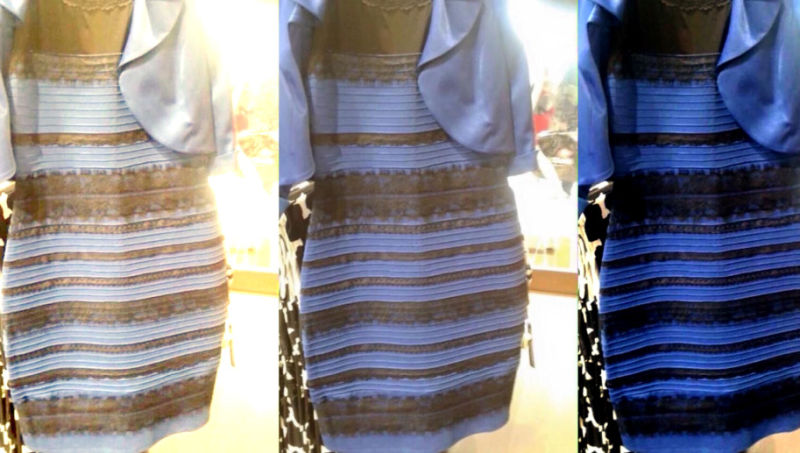One Thursday last February, on a relatively slow news day -- two llamas running amok in Sun City, Arizona were, initially, the primary story being passed around social media -- someone probably G-chatted, Facebooked, or texted you about The Dress.
"What color is it?" screamed the Internet. Was it blue and black? Was it white and gold? What was the meaning of this witchcraft?! Nearly every website whose success depended on clicks -- which is to say, most websites -- picked up the "story" and ran with it. (For what it's worth, I might be biased, but this is probably my favorite Dress-related headline.) So the person who first posted the photo and query surely (surely!) must have made a boatload of money off it, right? That's how virality works, in this age of Davids After Dentist and Charlies Biting Fingers.
Except that it's not. In a fascinating if unsettling piece published on Fusion, Oakland writer Joe Veix uses the story of The Dress -- a photo posted to Tumblr by a Scottish 17-year-old named Caitlin McNeill, whose friend's mother had snapped it unwittingly while shopping a few weeks earlier -- to illustrate the precariousness of business models like BuzzFeed's, which rely in large part on "curating" content already posted elsewhere on the web.
It took a BuzzFeed employee all of five minutes to repost McNeill's photo as an article. And then:
Almost immediately, traffic went gangbusters. By the end of the night, it had about 10 million views. It became the most popular post in BuzzFeed’s history, garnering roughly 38 million views to date, with 670,000 simultaneous views at its peak. The site threw money and people at the story, including an extra tech team and two editorial teams, as if a president had been shot. They sent out a press release, taking credit for the phenomenon. The next day, victorious, they celebrated in their office with champagne.
It’s hard to determine exactly how much money The Dress made, cumulatively, for BuzzFeed and the other news sites and social media services and brands and stores that sold the dress. McNeill, however, got nothing.
In the weeks that followed, the woman who took the photo and her daughter -- who had posted the image to Facebook weeks before McNeill's Tumblr post -- even had a falling out caused, in part, by attempting to reap some small financial gains from The Dress.


